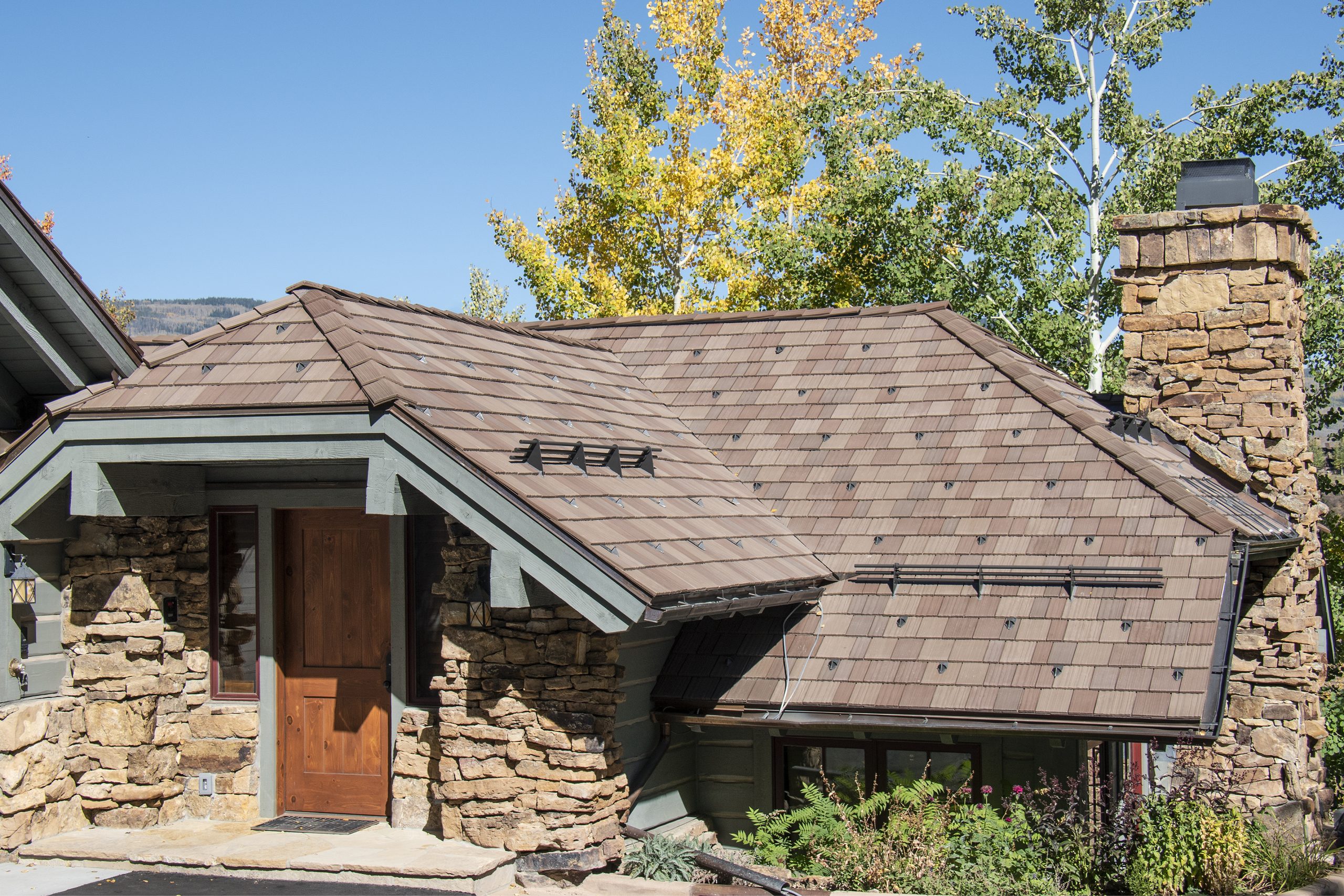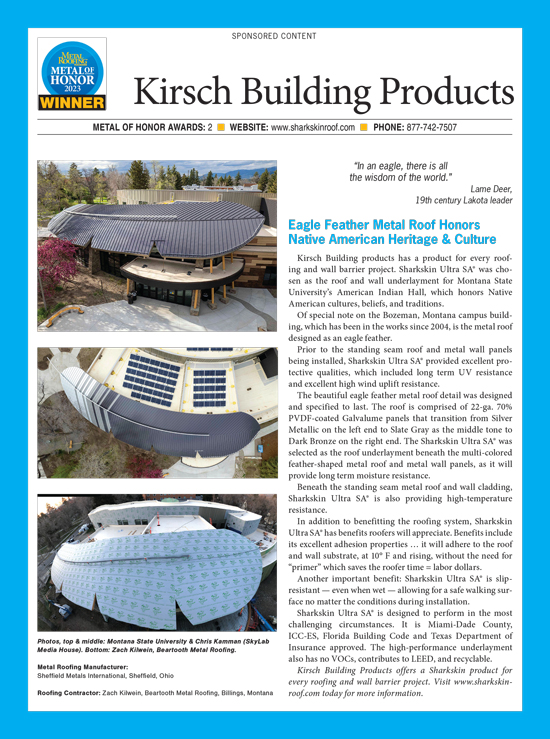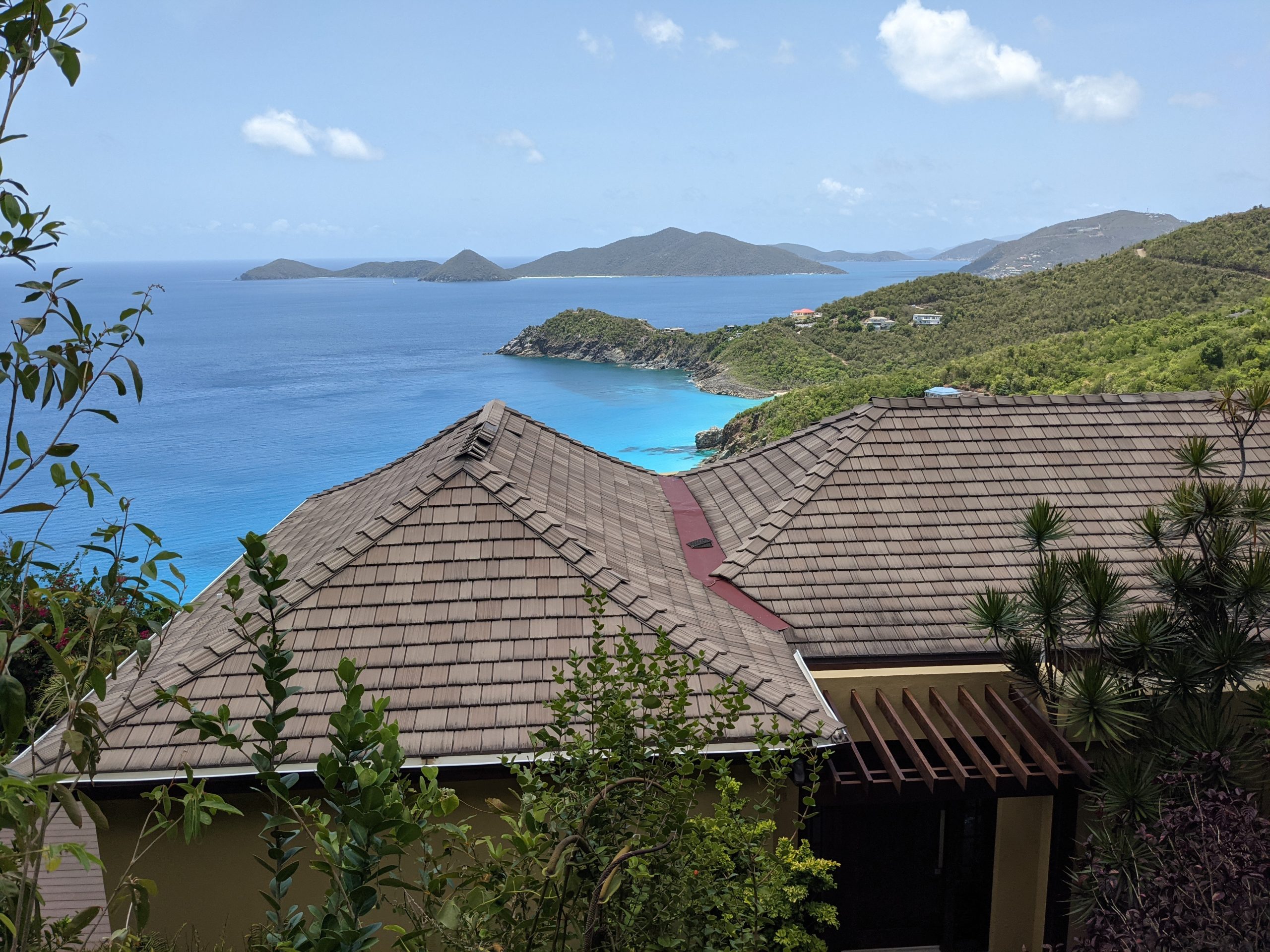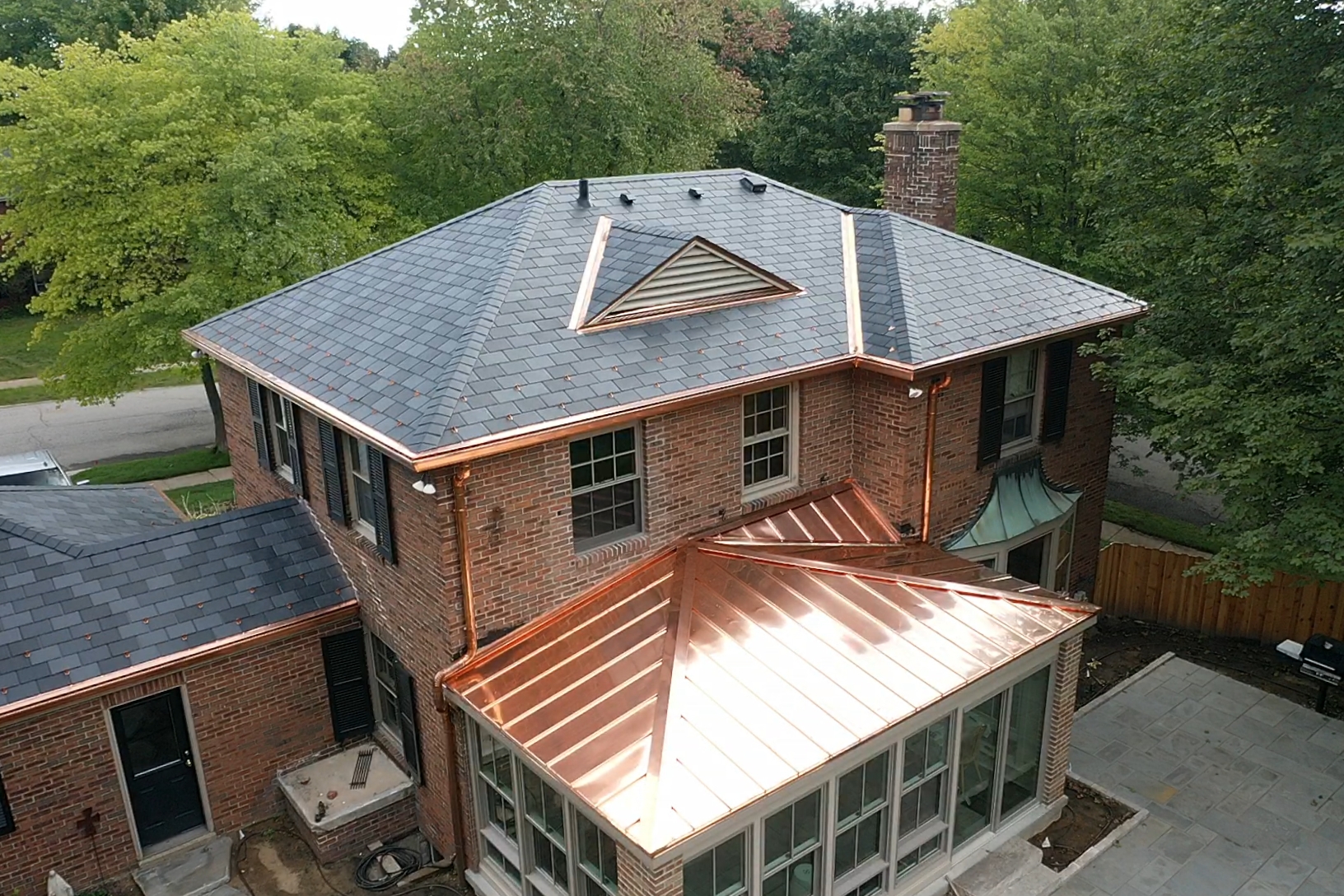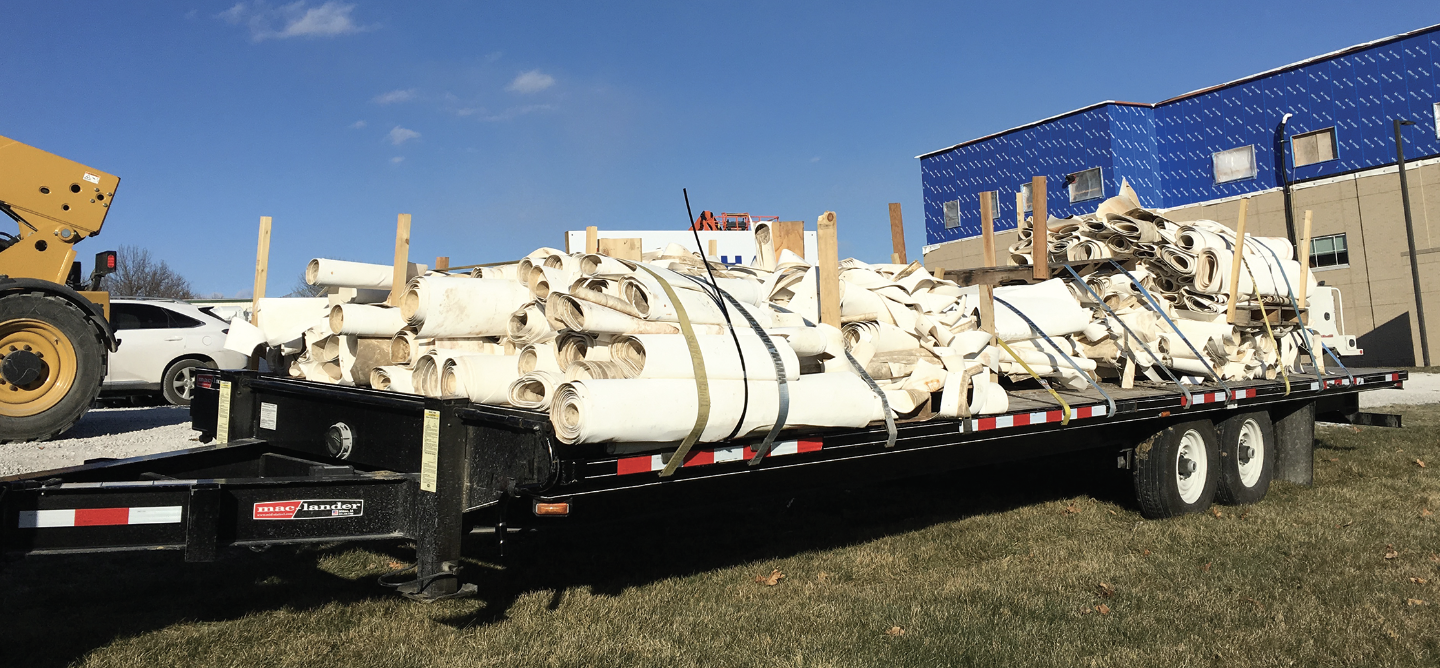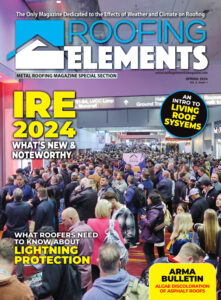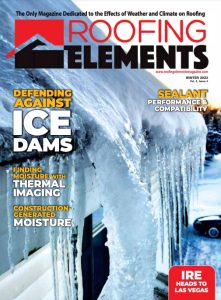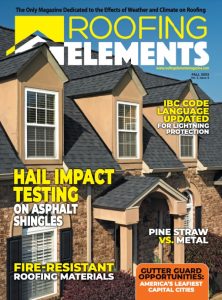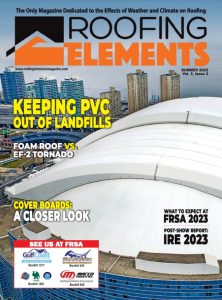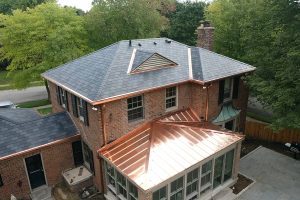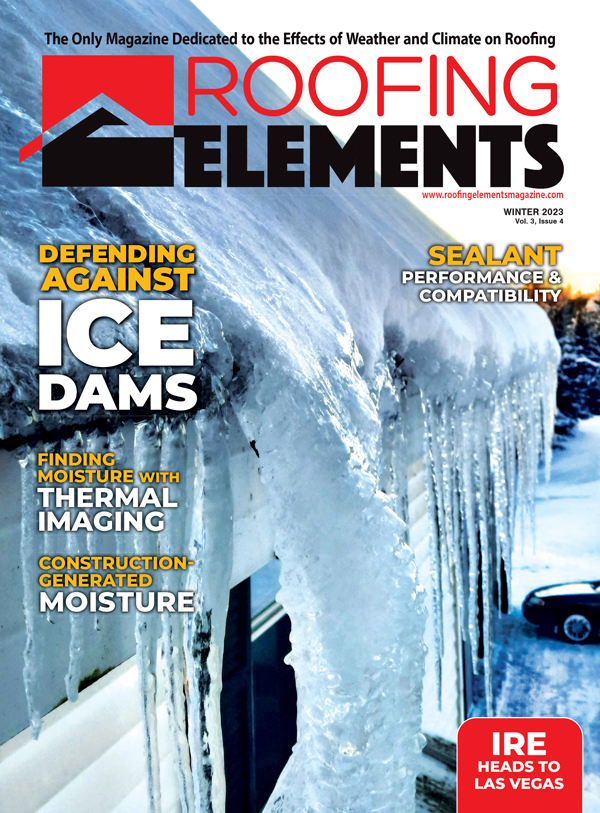By DaVinci Roofscapes
Fire. One word that causes panic for any homeowner. And, while we all want to sleep easier at night, roofers know that a truly fireproof roof is only a dream.
As appealing as it may sound, there’s no such thing as a totally fireproof roof. That’s because there’s no roofing material in the world that will not burn, flame up or melt if an entire structure goes on fire.
That’s the bad news. The good news is that there are a variety of fire resistant roofing materials that can indeed help protect a home. And, there are very specific tests to determine different levels of fire resistance for roofs. So, creating a fire resistant roof is, indeed, a possibility.
Why Do We Worry?
Being concerned about fire is very natural. Fire moves quickly, and we can’t easily control it. According to the National Fire Protection Association (NFPA), there were 1.4 million fires in the United States in 2020. Their research shows that these fires resulted in $21.9 billion in property damage.
Do we have reason to worry? Absolutely. The NFPA estimates that a fire was reported in homes every 89 seconds in 2020. While many of those fires won’t reach the roof structure, we all want to make certain the roof overhead will protect us.
Understanding The Roof
Let’s look at the types of roofing materials you can offer your clients that resist fire. There’s natural slate, metal, concrete, clay and composite fire resistant roof tiles.
All of these can have a neutral to negative reaction to intense fire exposure. In addition, these fire resistant roofing materials are some of the safest available. However, you also need a solid roofing system to support them.
The National Roofing Contractors Association (NRCA, www.nrca.org) explains that the roof system has these five properties:
Roof Covering – Shingles, tile, slate or metal, along with an underlayment that protects the sheathing from the weather.
Sheathing – Boards or sheet materials that are fastened to the roof rafters to cover a structure.
Roof Structure – Rafters and trusses constructed to support the sheathing.
Flashing – Sheet metal or other material installed into a roof system’s various joints and valleys. This prevents water seepage.
Drainage – A roof system’s design features, such as shape, slope and layout, that affect its ability to shed water.
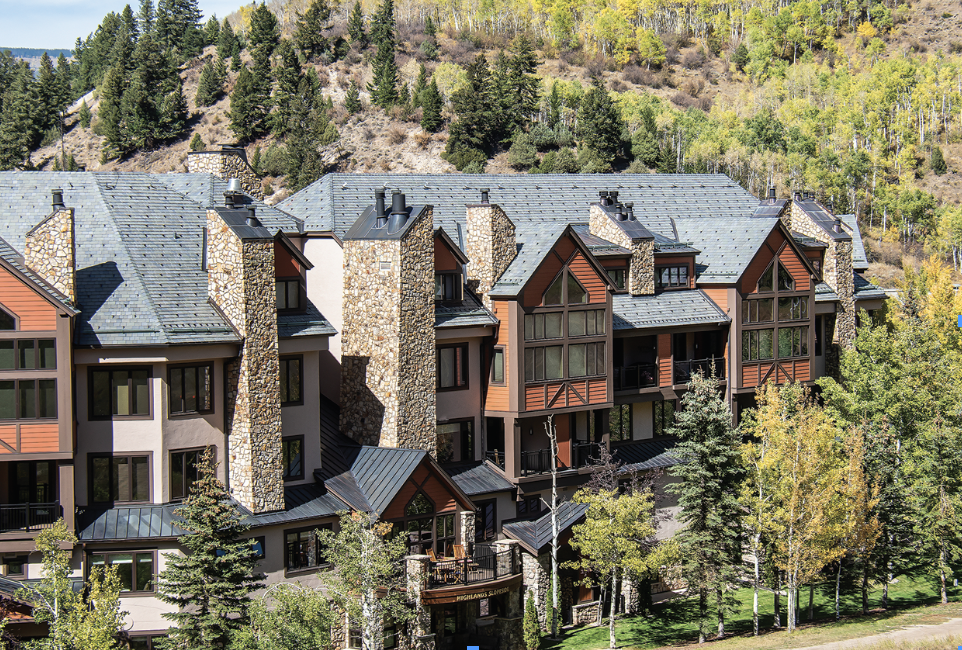
Making the Grade
The testing for fire resistance is from the outside of the roof structure, not the inside. This means that fire resistant roof shingles are your “first line of defense” against a stray spark from a bonfire. Or, even worse, the spread of wildfire in your area.
Testing is very important for roofing systems. Strict guidelines have been established by two organizations. Underwriters Laboratories (UL) has the UL 790 “Standard Test Methods for Fire Tests of Roof Coverings.” Similarly, the American Society for Testing and Materials (ASTM) has ASTM E108, “Standard Test Methods for Fire Tests of Roof Coverings.” These tests provide the basis for the fire resistant designations of Class A, B and C.
Are Composite Roofing Materials Fire Resistant?
Before we explain details on testing, think about the results. Class A is the highest level of fire resistance a roofing system can achieve. Generally, materials earning this grade are metal, concrete or clay. And, definitely composition slate and shake shingles, like those manufactured by DaVinci® Roofscapes. Sometimes enhanced fiberglass asphalt composition shingles can also get a Class A roofing rating. These fire safe roofing materials stand up to severe fire-test exposure.
Class B would be lesser roofing products that cannot meet the rigors of Class A testing. After that, Class C materials would be wood shakes and shingles. Similarly, plywood and particleboard roofing would be in the Class C category. These roofing materials can only resist light fire exposure.
How to Test for Fire-Safe Roofing
Naturally, most people want the safest roof possible. That’s the Class A rated fire resistant roof.
There are three tests that roofing products and systems must go through to achieve a Class A rating. The roofing product must pass all three tests to be listed as a Class A product. Once again, composite roofing, made with a fire-retardant, passes all three tests.
1 – Intermittent Flame Test – an assembly of tiles is subjected to an intense flame for two minutes then turned off for two minutes. This is cycled 15 times to see if there is failure in the roof deck.
2 – Spread of Flame Test – flame and air current are applied for 10 consecutive minutes and then checked for failure.
3 – Burning Brand Test – a burning brand is placed on an assembly of roofing tiles with a high volume of wind behind it. The decking of the assembly is constantly monitored for 90 minutes to see if any fire burns through. If fire burns through the roof deck anytime during the 90-minute trial, the tiles fail.
Benefits of Class A Roofing
Logically, the top benefit of promoting, selling and installing a proven Class A fire resistant roof is safety. A home, its valuables and the family inside are safer in a structure with fire resistant roof tiles.
Consider bringing up these points with your clients: If you own a home where high winds and dry conditions are prevalent, Class A roofing will bring you peace-of-mind. Let’s say you’re away on vacation. While traveling, a wildfire sweeps through a few miles from your home. Embers from the fire are carried by the wind. They land on your roof. With Class A fire safe roofing on your home, there are no flame spread and no worries. Those embers will not ignite your entire roof. House saved. Vacation goes on.
Here’s something else to think about: Insurance companies appreciate when homeowners invest in Class A roofing. They understand the durability of these roofs. And, they know that Class A roof coverings stand up to fire conditions, severe weather and other extreme situations.
Many insurance companies reward homeowners who have Class A composite roofing. We’ve heard of people earning up to 30% yearly discounts on homeowners insurance because they installed fire resistant roofing materials.
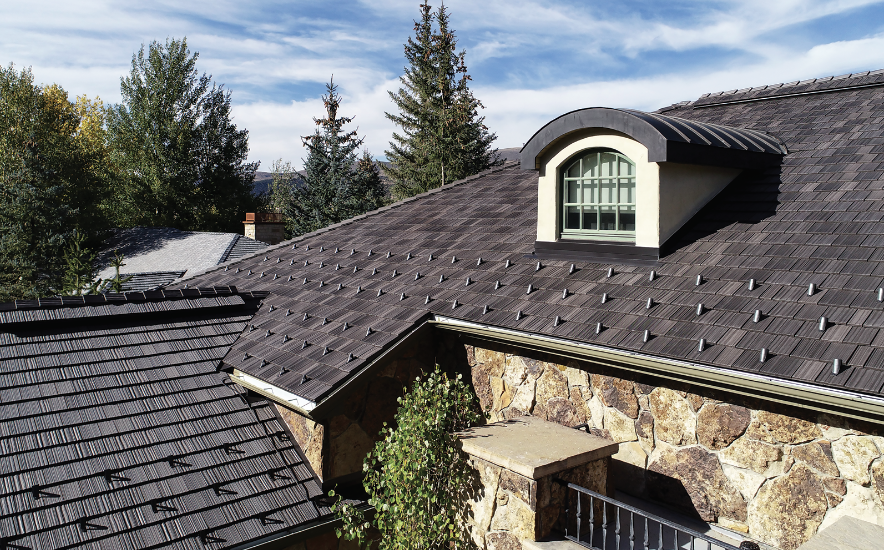
What is WUI?
While having fire resistant roofing may appear to be just good, common sense, it’s more for some people. For those who live or work in “hot spots” throughout the country, Wildland Urban Interface (WUI) products and codes come into play.
WUI is the transition between undeveloped wildland (unoccupied land) and human development. This includes houses, retail, schools and other development. An interface fire can “jump” from a man-made structure to natural materials. This would include trees and shrubs. The opposite can also occur. A wildfire can “jump” from a forest to man-made buildings.
The basic requirement of WUI is that the exterior of a structure be ignition-resistant. It must also be able to resist the entry of flying embers and fire radiation during a wildfire. This is especially important for roofs.
What does this mean to roofing installers? Most importantly, you should check local WUI code requirements and rules. You want to know which approved Wildland Urban Interface products are best for a home exterior.
WUI Risk Areas
According to the U.S. Fire Administration, more than 46 million homes in 70,000 communities are at risk for WUI fires. You may be surprised at the number of wildfires happening right now across the country. The National Fire Protection Association (NFPA) tracks those fires on a WUI zone map.
In addition, NFPA has a FireWise USA® program. This helps communities reduce wildfire risks. You’ll find locations of those current programs on the map. FireWise USA helps people learn to live in wildfire risk areas. Similarly, it helps neighbors work to prevent infrastructure losses.
Roofing Products Versus Roofing Systems
For areas concerned about WUI, Class A roofing systems are required. But, here’s what you may not know. Meeting WUI standards is about more than just having a Class A rated roofing product. It’s system specific. And, it’s also two-pronged.
First, there are the fire-resistant roofing and underlayment materials. These create the total roof system. Second, WUI rules and regulations take into consideration the site where a structure is built. This includes the distance of the building from forests, trees or even shrubs. In other words, it’s about creating a safe zone around a structure.
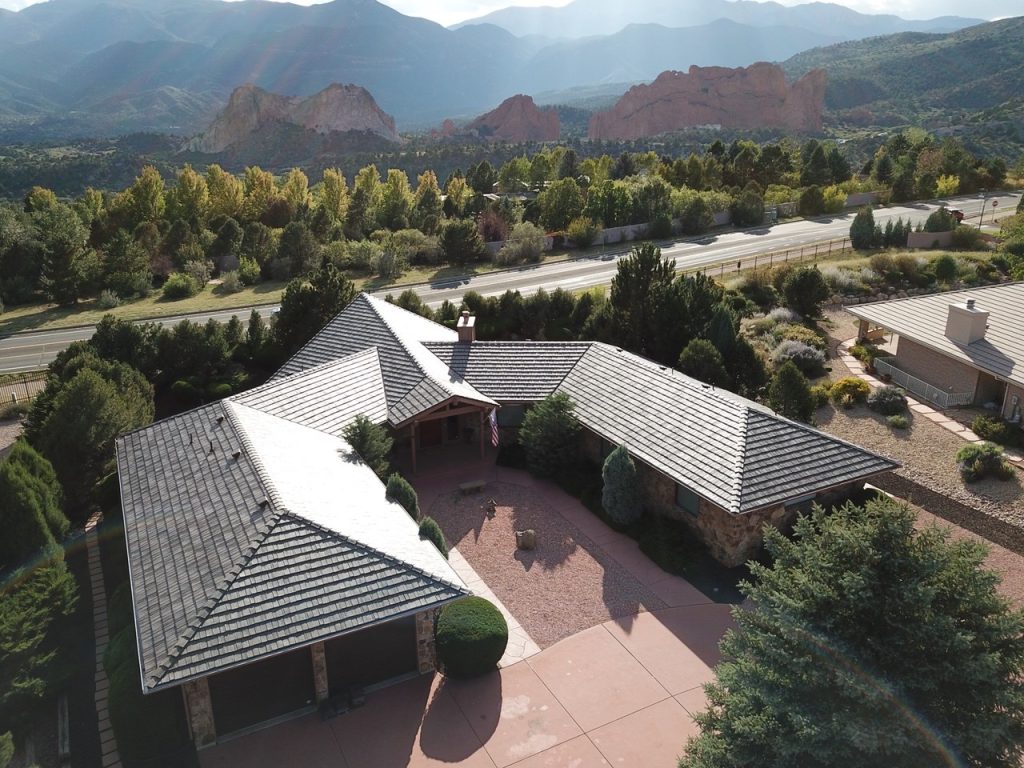
Farewell to Real Wood Products
In recent years there have been restrictions on types of building materials used in many West Coast states. These regulations help builders and roofers create homes that can stand up to flame spread. However, the materials can only help so much.
In the big picture, building materials are fragile. Many are also potentially flammable. Especially real wood products.
Even when treated, real wood can burn. That’s one reason why many insurance companies do not want to offer homeowners insurance to people with real shake roofs. In addition, it doesn’t take a wildfire to be right next to a cedar shake roof to make it burn. Flying embers from up to a mile away can land on a cedar roof. When that happens, it can start a fire.
What you Need to Know
If you are installing a roof make sure to first check your local building codes. And, if you’re in an area with WUI code requirements, check on those. You should also help your client with comparison research.
There is a possibility that your client currently has a real cedar roof. Perhaps they just want to replace it. However, after doing a bit of research, codes tell you differently. A homeowner may be “grandfathered in” with a real cedar roof now. But, when it comes time to get a new roof, code requirements may stipulate they install a WUI-compliant roof.
Something else your clients should consider are the expenses of a Class A fire-resistant roof. It certainly may cost more than other roof options. However, in the long run it’s an investment to keep their home safer. And, in addition to potentially getting a homeowner insurance discount each year, they may discover a long-term warranty from the roofing manufacturer. This gives them peace-of-mind and a solid return on investment.

